In 1948, the nuclear scientist Jess Collins had a dream. In it, the world ended as a result of his work developing atomic bombs for the US military. Profoundly shaken, Collins quit his job and moved to San Francisco to study art.
It was while at the California School of Fine Arts that Jess (as he chose to be called) met the poet and artist Robert Duncan. They fell in love, and the household that they created together was a nexus of literary and artistic life in the city from the early 1950s through to Duncan’s death in 1988. Packed to the rafters with their own art and the art of friends, as well as books old and new on every surface, the home was a treasure trove of erudition and fantasy. ‘You can’t take a piss in this house without hitting a myth,’ Duncan reportedly joked.
Jess and Duncan’s mutually inspiring relationship, and the collection they built together, forms the basis for the exhibition ‘An Opening of the Field’, which is currently touring venues across the US. After opening at the Crocker Art Museum, Sacramento, in June last year, the show travelled to the Grey Art Gallery, New York, where it was awarded ‘best thematic show nationally’ by the International Associations of Art Critics. On 14 September 2014 it opens at the Pasadena Museum of California Art.
The show is co-curated by Michael Duncan, who has previously written on Jess for Siglio Press, and by Christopher Wagstaff, who knew the couple and has organised exhibitions of Duncan’s work. Collage was a key medium for both Jess and Duncan, although Jess preferred the term ‘paste-up’, which he felt was less freighted with art-historical associations. For Jess, ‘paste-ups’ were about revolutionary content, rather than a revolutionary technique. In his free-association of found imagery, Duncan sees Jess as a ‘key progenitor of postmodernism’.
Alongside paste-ups, paintings, drawings, poetry and photographs by and of the pair, ‘An Opening of the Field’ includes work by such luminaries as the Beat artist Wallace Berman, the painter Edward Corbett who taught Jess, and R. B. Kitaj who met Jess and Duncan while teaching at the University of California, Berkeley, in 1967. Most of the work in the exhibition was made by the artists for themselves, or for friends. When Kitaj wrote to the pair to suggest trading work, Jess replied that ‘I am so bowld over in the joy of your spirit affinity, I cannot express it.’ That joy is what the curators have aimed to express in their exhibition.
‘An Opening of the Field: Jess, Robert Duncan, and Their Circle’ is at the Pasadena Museum of California Art from 14 September–11 January 2015.
Unlimited access from just $16 every 3 months
Subscribe to get unlimited and exclusive access to the top art stories, interviews and exhibition reviews.

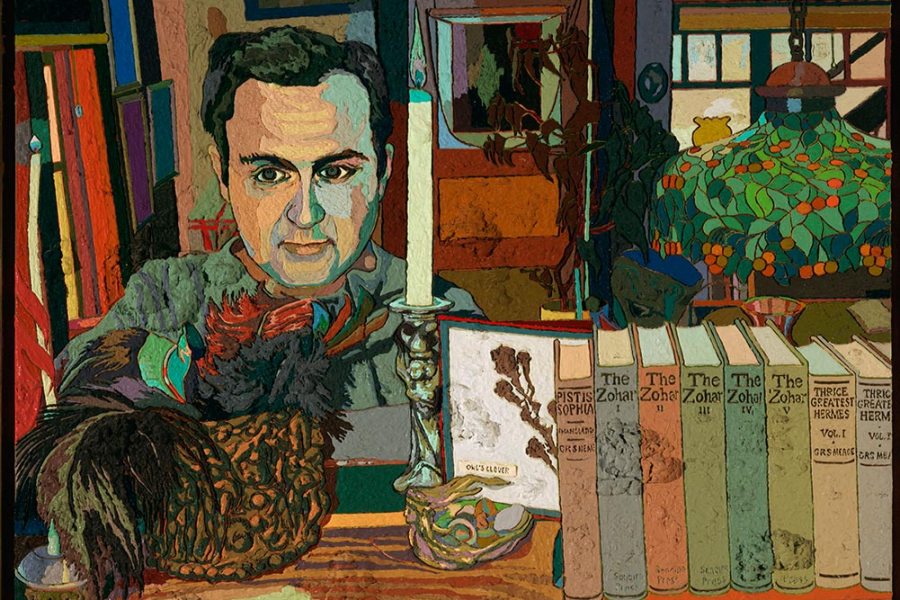
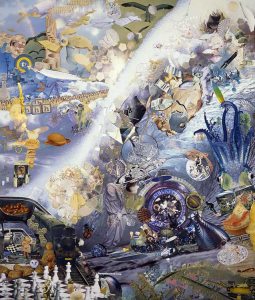
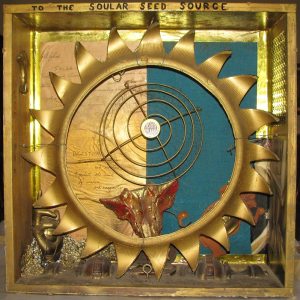
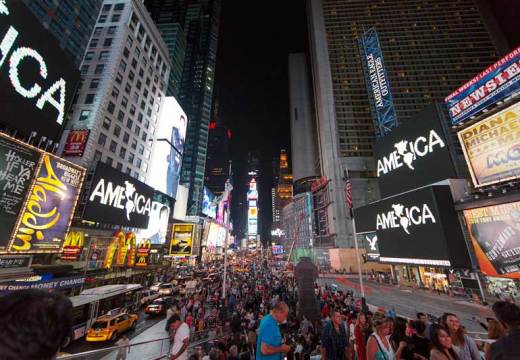

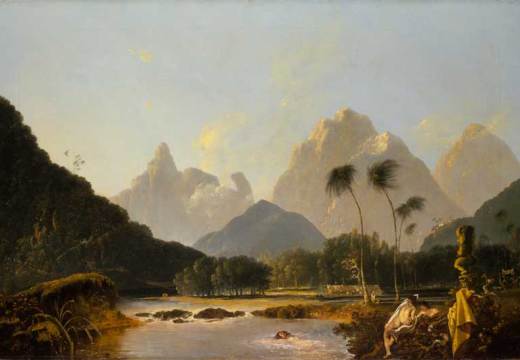









![Masterpiece [Re]discovery 2022. Photo: Ben Fisher Photography, courtesy of Masterpiece London](http://www.apollo-magazine.com/wp-content/uploads/2022/07/MPL2022_4263.jpg)
It’s time for the government of London to return to its rightful home